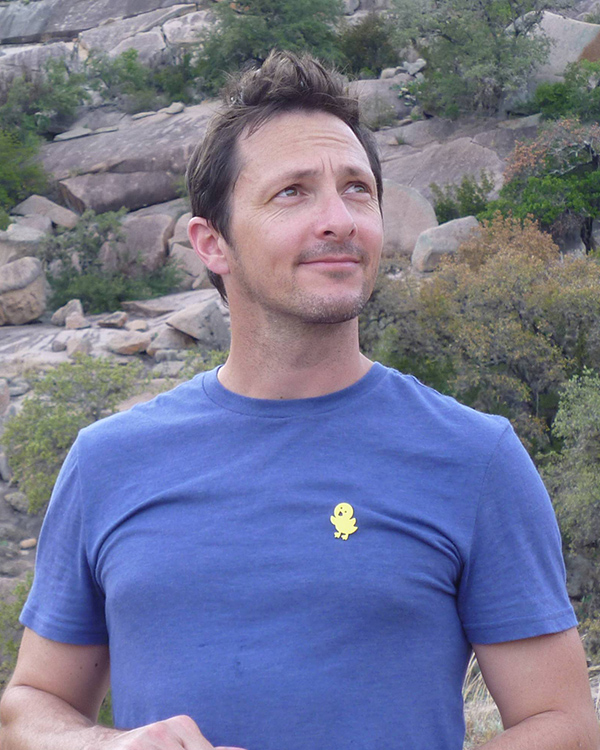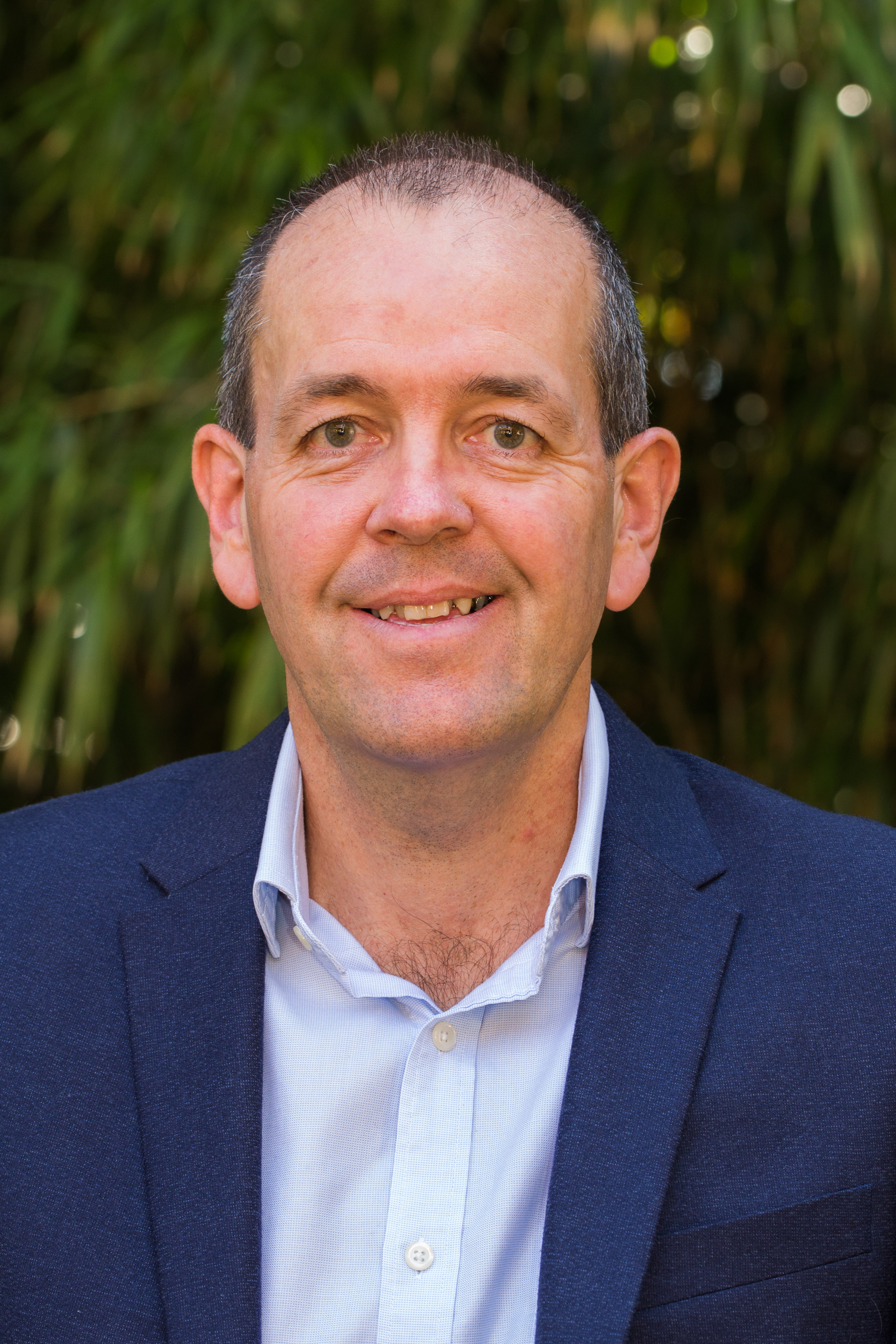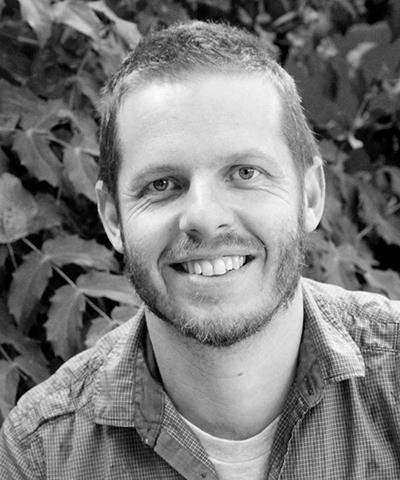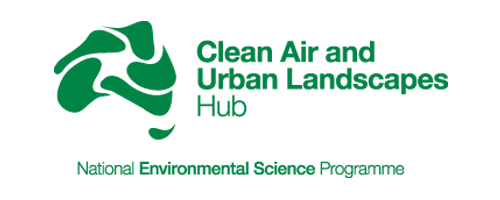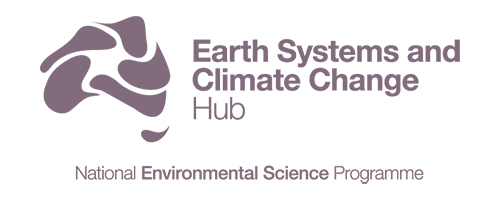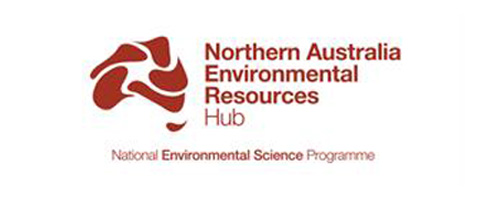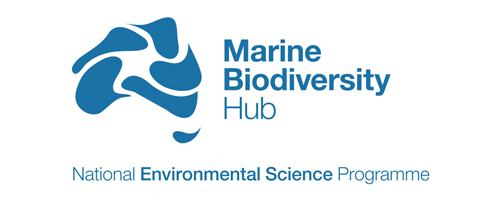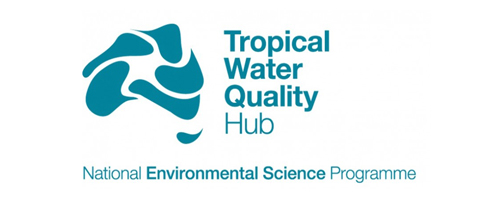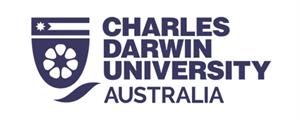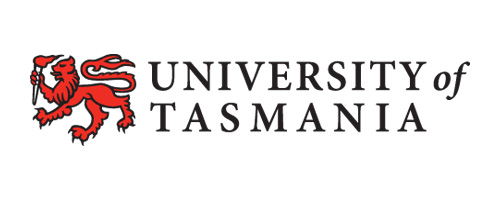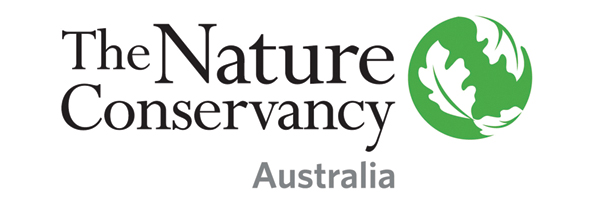
Project: 7.9
Integrated environmental assessment to inform environmental decisions
Project Leaders: Brendan Wintle , Michael Douglas , Nic Bax , Kirsten Parris , Allan Dale , David Karoly
Research in Brief
This cross-hub project draws on the considerable experience, regional knowledge, data and networks of the National Environmental Science Program hubs to develop a guide for best-practice integrated environmental assessment (IEA) in Australia. IEA is an interdisciplinary and policy-oriented process for combining knowledge from diverse scientific disciplines and knowledge systems to inform and enhance decision-making.
Using northern Australia as the case study region, the project will develop and demonstrate the value of a holistic IEA approach to strategic decision-making for sustainable development. The primary output of this project will be a scoping report that provides a framework for undertaking successful IEAs in Australia.
Why is the research needed?
Across northern Australia, significant and new opportunities for economic development are being explored. The northern Australian land- and seascapes boast environmental and cultural values of global, national, regional and Indigenous significance. Some of these values, however, are poorly understood, the benefits they provide to society not well-articulated, and their vulnerability to alternative development options inadequately explored.
This lack of knowledge hinders the decision-making of government agencies prioritising new areas for development – particularly in the agricultural, aquaculture and mining sectors – and protecting the region’s environmental and cultural values. It leaves industries, financiers and regional communities uncertain and risk-averse about investment and, importantly, places our environment at risk due to poorly informed decision-making.
IEA has significant potential to assist in and improve these types of decisions. The knowledge gained through the IEA process could help governments, investors and key stakeholders evaluate alternative development futures at a regional scale – for example, in northern Australia, by identifying key sites for development, and other sites for environmental and cultural protection. IEA thus provides opportunity to de-risk the region for investors, while also helping conserve and manage significant environmental and cultural assets.
How can the research help?
Northern Australia is an ideal case study region to scope the potential application of IEA. There is significant policy and development interest, and community concern about the potential impacts of future development on the regional terrestrial, coastal and offshore marine environments. The region supports a system of coastal and offshore marine parks, and Aboriginal and Torres Strait Islander people are significant landowners and/or hold native title rights that support their social, economic and cultural aspirations.
The key output of the project will be a report to guide the application of IEA in Australia, using the Northern Australia case study. Drawing on the key principles of IEA, the report will set out a framework for synthesising, analysing and presenting relevant environmental, cultural, economic data, knowledge and cultural perspectives, as well as suitable governance arrangements, participatory and deliberative processes for undertaking IEA at the level of broadscale regional planning and policy decision-making. It will draw on research projects within each hub that are: addressing natural resource management and research questions; filling ecological knowledge gaps; and developing frameworks to improve decision-making about future development in northern Australia.
Though not undertaking an IEA itself, the project will provide decision-makers in Commonwealth, state and territory regulatory and planning agencies with a broadly applicable approach to IEA. It will help underpin sustainable regional and urban development, and reduce harm to Australia’s significant biodiversity and cultural heritage values.
What research activities are being undertaken?
The project will provide advice on approaches to IEA. The research team will produce a broadly applicable framework for IEA in Australia and a set of recommendations that guide the application of IEA. The project will also identify potential locations in northern Australia where future projects can test the implementation of the IEA approach.
The hubs will work with the project partner organisations to answer questions that are critical for exploring the potential for an IEA approach focused on northern Australia, and its terrestrial, coastal and offshore marine environments. These questions include:
- What are the benefits to regulators and developers of an IEA approach for northern Australia?
- What are the best ways to identify priority regions for IEA in northern Australia?
- What data, knowledge, analytic decision tools, governance and participatory processes support IEA in northern Australia?
- What is the best way to approach IEA in data-poor regions or environments?
- What is the best way to manage critical data or knowledge gaps for IEA in northern Australian terrestrial, coastal and off-shore marine environments?
- How could IEA help protect northern Australia’s environmental and cultural values, including terrestrial and marine parks?
Who is involved?
The project is a collaborative venture between all six NESP hubs, and is led by researchers from The University of Melbourne in partnership with researchers from James Cook University, Charles Darwin University, University of Tasmania, Australian National University and CSIRO, and the Cooperative Research Centre for Developing Northern Australia. Researchers will work in partnership with Australian Government and state/territory agencies, The Nature Conservancy and other partner organisations.
Where is the research happening?
The geographic scope of this research is the area defined as northern Australia by the Office of Northern Australia. The outputs of the project will be applicable in this region, but the framework and recommendations about the approach will be applicable nationally. The project will be primarily workshop and desktop-based and will be led out of The University of Melbourne.
When is the research happening?
The project will run from January 2019 to June 2021.
More information
For more information please contact:
Brendan Wintle - b.wintle@unimelb.edu.au
Top image: Pastoral land near Timber Creek, NT. Photo: Jaana Dielenberg
